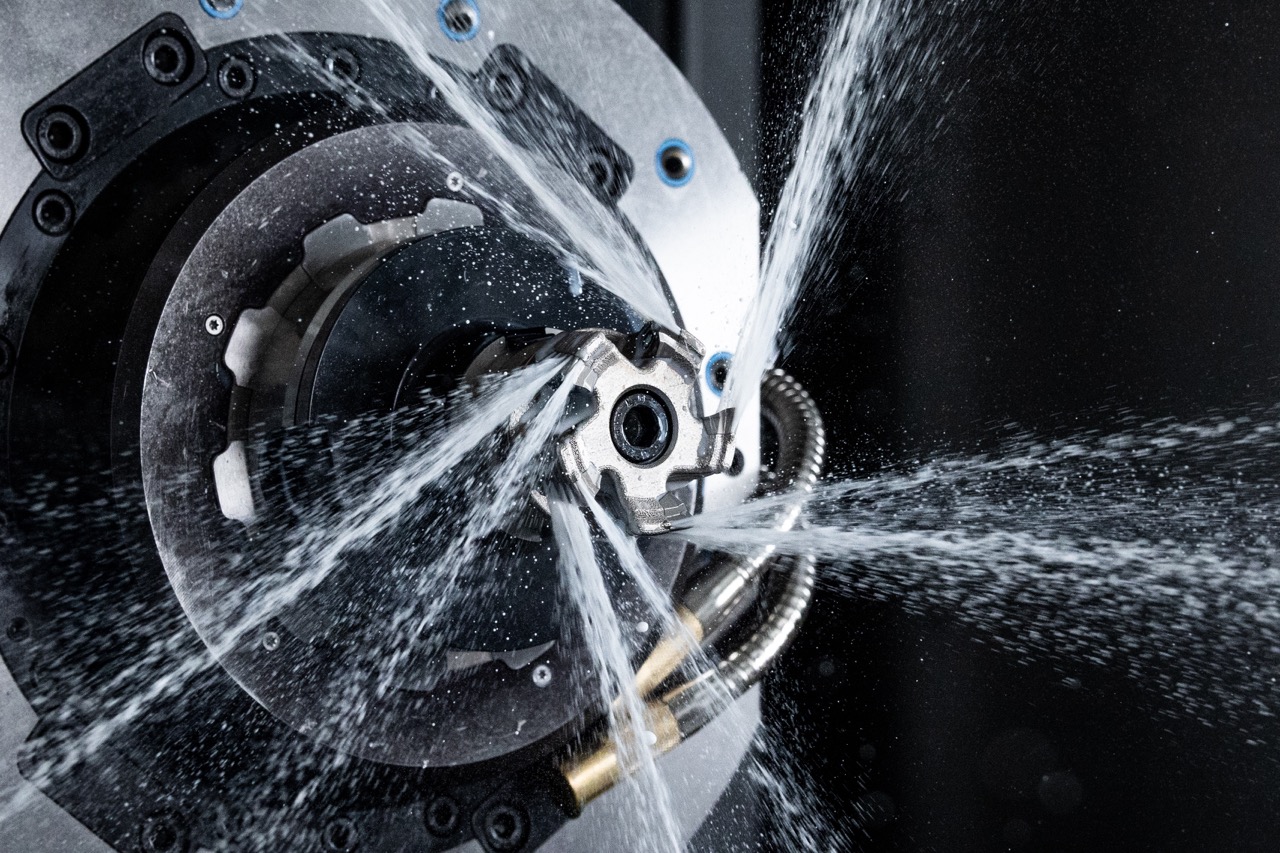MaxiMill – 211-DC
MaxiMill – 211-DC
The MaxiMill – 211-DC has 60% longer tool life compared to tools with standard cooling. Further, despite the complexity of the coolant holes inside the tool body, the MaxiMill – 211-DC is compatible with standard adapters with through-coolant supply without requiring any standard coolant on the chip breaker.

Developed specifically for heat-resistant materials such as titanium and other super alloys, CERATIZIT has launched their new, additively manufactured MaxiMill – 211-DC indexable insert milling system with advanced coolant supply.
For heat-resistant materials, conventional milling systems are limited and unpredictable. The MaxiMill – 211-DC was created through in-house additive manufacturing with 3D- printed cooling channels. Additive processes allow the patented shoulder mill to funnel the maximum amount of coolant directly on the insert flanks. In turn, it provides process reliability when machining heat-resistant super alloys.
The MaxiMill – 211-DC has 60% longer tool life compared to tools with standard cooling. Further, despite the complexity of the coolant holes inside the tool body, the MaxiMill – 211-DC is compatible with standard adapters with through-coolant supply without requiring any standard coolant on the chip breaker.
"We put additive manufacturing to work for our customers and to achieve results that are only possible when we push boundaries," says Dan Cope, President of the Americas for CERATIZIT Group. "Titanium and other super alloys are unconventional materials that require unconventional strategies."





